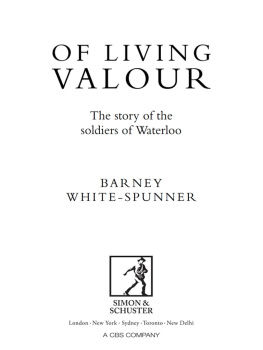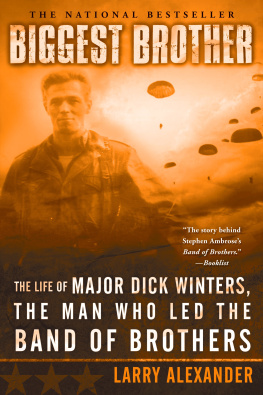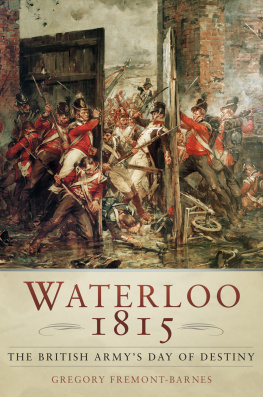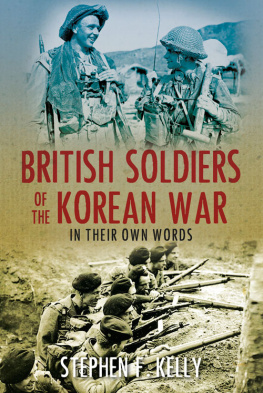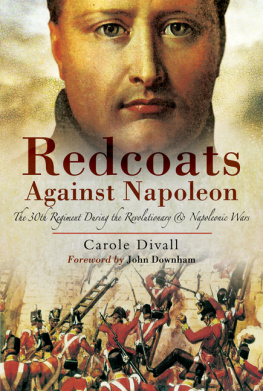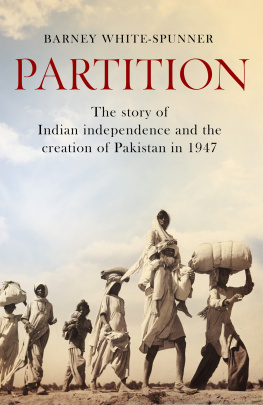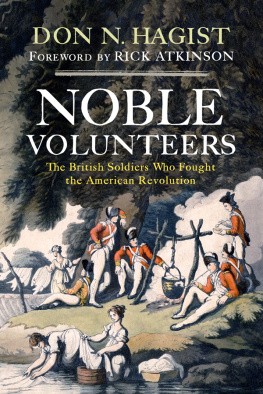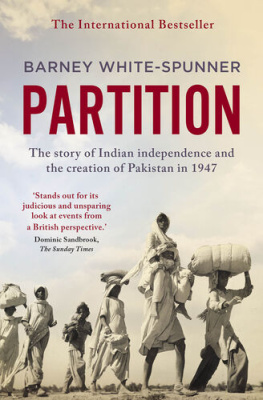OF LIVING
VALOUR
Also by Barney White-Spunner:
HORSE GUARDS
First published in Great Britain by Simon & Schuster UK Ltd, 2015
A CBS COMPANY
Copyright 2015 by Barney White-Spunner
This book is copyright under the Berne Convention.
No reproduction without permission.
All rights reserved.
The right of Barney White-Spunner to be identified as the author of this work has been asserted by him in accordance with sections 77 and 78 of the Copyright, Designs and Patents Act, 1988.
Maps ML Design
Simon & Schuster UK Ltd
1st Floor
222 Grays Inn Road
London WC1X 8HB
www.simonandschuster.co.uk
Simon & Schuster Australia, Sydney
Simon & Schuster India, New Delhi
A CIP catalogue record for this book is available from the British Library
Hardback ISBN: 978-1-4711-0291-2
Trade paperback ISBN: 978-1-4711-0292-2
eBook: 978-1-4711-0294-3
The author and publishers have made all reasonable efforts to contact copyright-holders for permission, and apologise for any omissions or errors in the form of credits given. Corrections may be made to future printings.
Typeset in the UK by M Rules
Printed and bound by CPI Group (UK) Ltd, Croydon, CR0 4YY
This book is dedicated to those who fell
And Ardennes waves above them her green leaves,
Dewy with natures tear-drops, as they pass,
Grieving, if aught inanimate eer grieves,
Over the unreturning brave, alas!
Ere evening to be trodden like the grass Which now beneath them, but above shall grow In its next verdure, when this fiery mass Of living valour, rolling on the foe
And burning with high hope, shall moulder cold and low.
LORD BYRON,
Childe Harolds Pilgrimage
CONTENTS
LIST OF MAPS AND ILLUSTRATIONS
MAPS
PLATE SECTION ONE
PLATE SECTION TWO
PROLOGUE
The Day After
M rs Tidy, whose husband Colonel Frank Tidy commanded a battalion of the 14th Regiment of Foot, received news of the great victory at Waterloo when a coach passed the gate of her cottage on the Isle of Wight, streaming with gilded flags that bore the words Wellington! Victory! Waterloo! Her children saw them and rushed in to tell their mother. There has been a battle, they said, they have been fighting the French and we have beaten them. But Mrs Tidys concerns were more immediate. Was her husband still alive? Had he survived the battle uninjured? And, if not, how was she now to raise the son and daughter who crowded round her? Her priority was to get to the post town and find out. She was to be one of the lucky ones. There was a short letter from her husband waiting for her, saying that his favourite mare had been shot from under him but otherwise he was safe. Her daughter remembers her sitting that evening on a low hall chair in the porch of their cottage, Carisbrooke Castle in the distance, her husbands letter in her hand, and she reading it aloud. The golden sun streamed up the garden-walk, and shed its light upon our little group: bees murmured in the jasmined porch, and the perfume of June flowers came floating through the open door.
Others were to be less fortunate. About 55,000 men were killed or wounded at Waterloo. Sergeant Thomas Howell of the Highland Light Infantry noted prosaically of an artillery barrage, The young man I lately spoke of lost both his legs by a shot at this time. They were cut very close; he soon bled to death. Tom, he said, remember your charge: my mother wept sore when my brother died; if she saw me thus, it would break her heart. Farewell! God bless my parents! He said no more, his lips quivered and he ceased to breathe. Many of the wounded lay where they had fallen. I went to visit the field of battle, wrote Major Frye four days afterwards, but the sight was too horrible to behold. The multitude of carcasses, the heaps of wounded men with mangled limbs unable to move, and perishing from not having their wounds dressed or from hunger. The dead were tipped into large square holes... thirty or forty fine fellows stripped to their skins were thrown into each pell mell, and then covered in so slovenly a manner that sometimes a hand or foot peeped through the earth. Some Russian Jews were assisting in this spoliation of the dead, by chiselling out their teeth, an operation they performed Local Belgians went out to shoot the hundreds of wounded horses so they could eat them.
Major Cavali Mercer was woken early in his bloody bivouac on the day after the battle. One of his sergeants asked him whether he might bury Driver Crammond. And why Driver Crammond? asked Mercer. Because he looks frightful, sir; many of us have not had a wink of sleep for him, replied the sergeant. Mercer went to look. A cannon shot had carried away the whole head except barely the visage, which The British armys sang-froid was in evidence. A short distance away, Mercer found two light-infantrymen, one who had lost his leg and the other who had had his thigh smashed by a cannon shot. But they were sending forth such howling and wailings, and oaths and execrations, which Mercer contrasted disapprovingly with the quiet resolute bearing of hundreds of both English and French wounded lying around them. They could easily see where G Troop of the Royal Horse Artillery had been, as their carcasses formed a dark mass which, even from that distance, formed a remarkable feature in the field.
The bodies lay on the battlefield like sheaves cut down by the hand of the reaper. Captain Frederick Pattison was struck by their diversity of expression. From the distortion of their faces many of them must have had a terrible struggle with the king of terrors; others, from the placidity of their expression, seemed as if they had sunk into refreshing slumber. The separation between body and soul in their
The Battle of Waterloo is arguably the British Armys most
There are two main reasons why the battle still exercises such a hold on our imagination. First, it finally ended the Napoleonic Wars, which everyone except Napoleon had assumed had finished in 1814 with his first exile. There is a tendency today to regard Napoleons wars as in some way glamorous and chivalric but the reality for early-nineteenth-century Europe was very different. Seven million Europeans were killed as a direct result of warfare in the 23 years between many ways as far-reaching. Napoleons image, as a brilliant general, a great romantic, an inventive lover and an exceptional administrator, has outlived the brutal reality of what his political and military ambition meant both for Europe in general and France in particular. By 1815 at least one and a half million Frenchmen had lost their lives, a figure that rises to nearer 3 million if you include all the territory which could be counted part of the Empire. He left France hated and feared throughout Europe. Some contemporaries were as entranced by Napoleon as many people are today, confusing Napoleonic militarism and conquest with the early liberal principles of revolutionary France. They were, though, in a minority, and heartily detested by those who actually had to fight the French in the field or on the sea. Waterloo was so important because it put an end to that Napoleonic menace, brought peace to a generation who had known little but constant warfare, and allowed Europe to start to assimilate the revolutions in agriculture and industry that would transform her economically rather more successfully than Napoleon had attempted to do with violence.
The second reason it is such a famous battle is because of the extraordinary heroism of the British soldiers who fought there, and that is what this story is about. Much has been written about Napoleon and Wellington but not enough about the young ploughboys and weavers who stood on that bloody ridge and whose bravery and sacrifice saved Europe. That is not to say that soldiers of other nations did not fight as well or as courageously, particularly the French, whose conduct, at least in combat, earned the grudging respect of the British. It was, though, the obstinate determination of those British infantry battalions, those decimated cavalry regiments and mauled artillery batteries which stopped the French advance, allowed the Prussians to join the battle and ultimately defeated Napoleon. Who were they? Why were they soldiers? Why did they fight so bravely?
Next page
